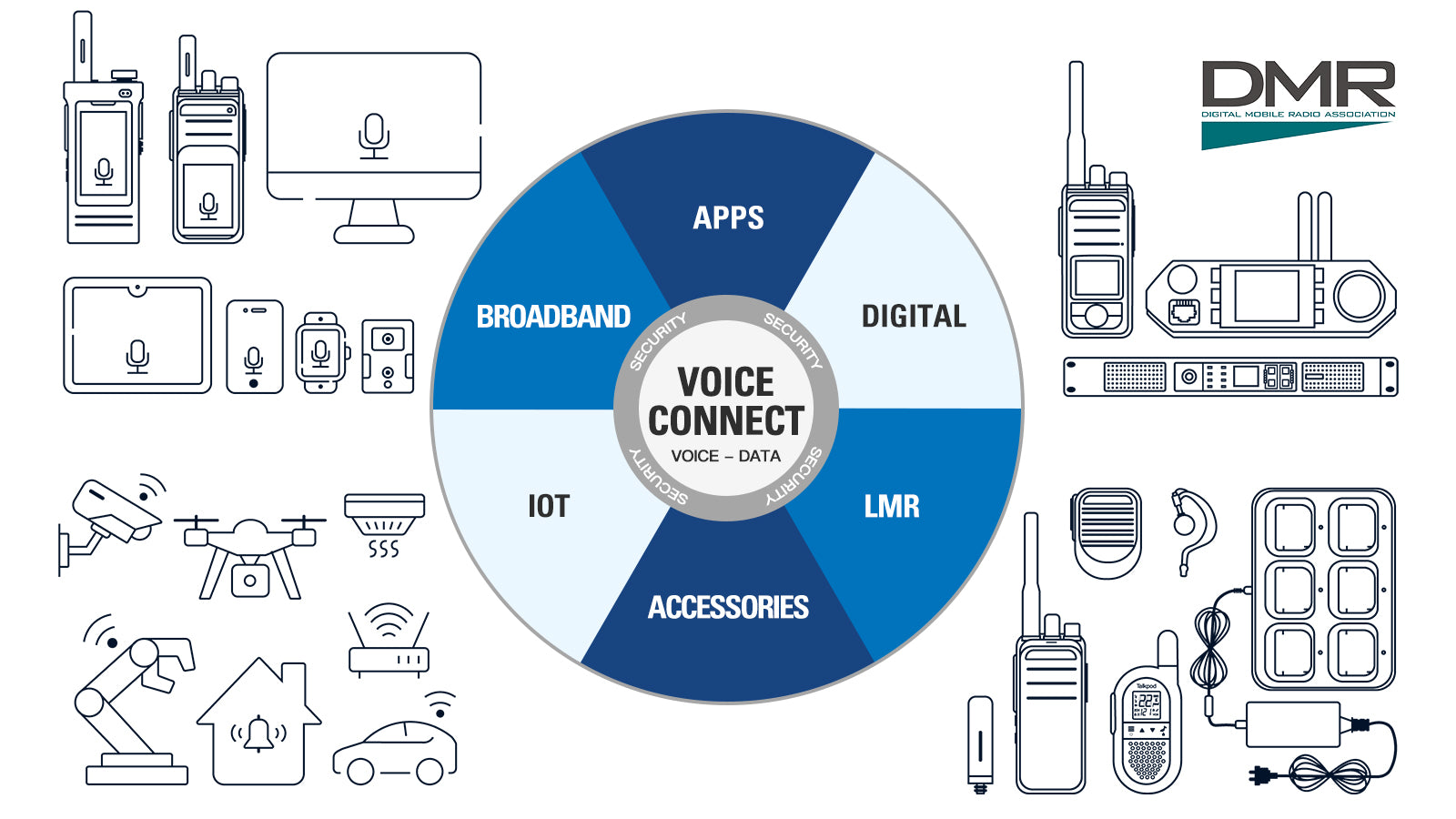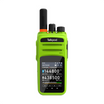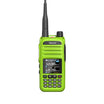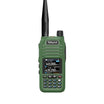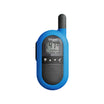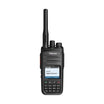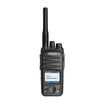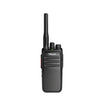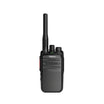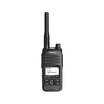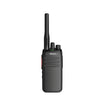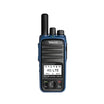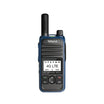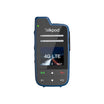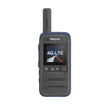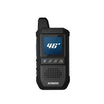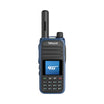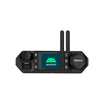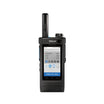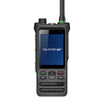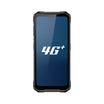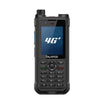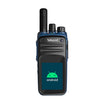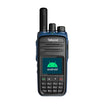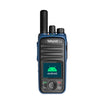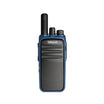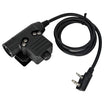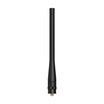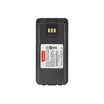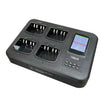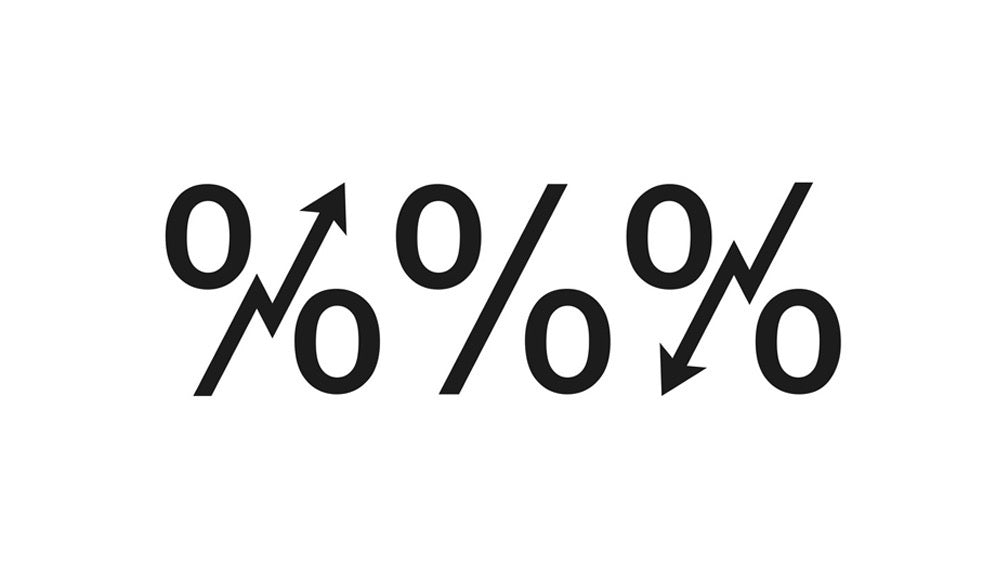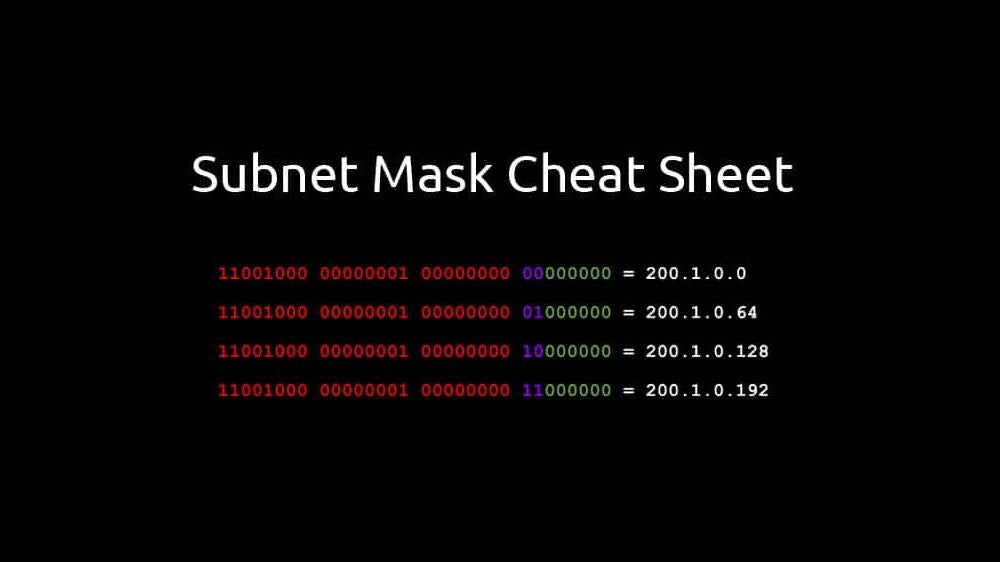In the world of digital communication, the term "symbol rate" plays a significant role, particularly when it comes to the quality of image transmission. But what exactly is symbol rate, and how does it affect the images we send and receive over digital networks?
The Essence of Symbol Rate
Symbol rate, also known as baud rate, refers to the number of symbol changes (signal state changes) made to the transmission medium per second in a digitally modulated signal or a line code. In simpler terms, it's the number of times the signal changes in one second, which directly correlates with how quickly data is transmitted.
Impact on Image Transmission
When it comes to transmitting images, the symbol rate is a crucial factor. A higher symbol rate means that more data can be transmitted in a given time period. Consequently, this leads to faster image transmission speeds and, most importantly, higher image quality. The more symbols transmitted per second, the more detailed and less compressed the image can be, resulting in clearer and higher resolution images.
Balancing Speed and Quality
However, it's essential to find a balance. While a high symbol rate can improve image quality, it also requires a wider bandwidth and can be more susceptible to errors, especially in noisy or weak signal conditions. Thus, the choice of symbol rate must consider the available bandwidth, the robustness of the transmission medium, and the necessity for image quality in the given application.
In summary, the symbol rate is a pivotal element in the realm of digital image transmission, influencing both the speed and quality of the images we send and receive. Understanding its role and impact helps in optimizing communication systems for the best possible performance in image quality.


